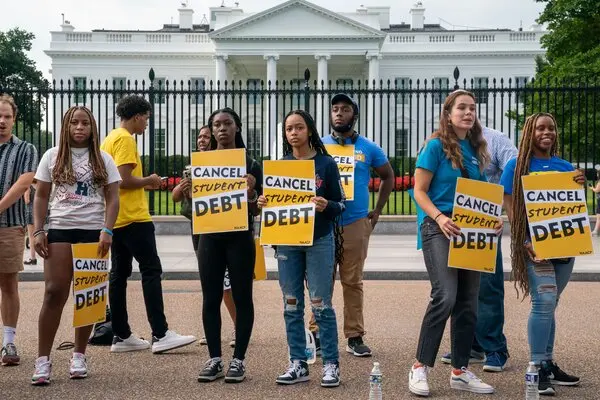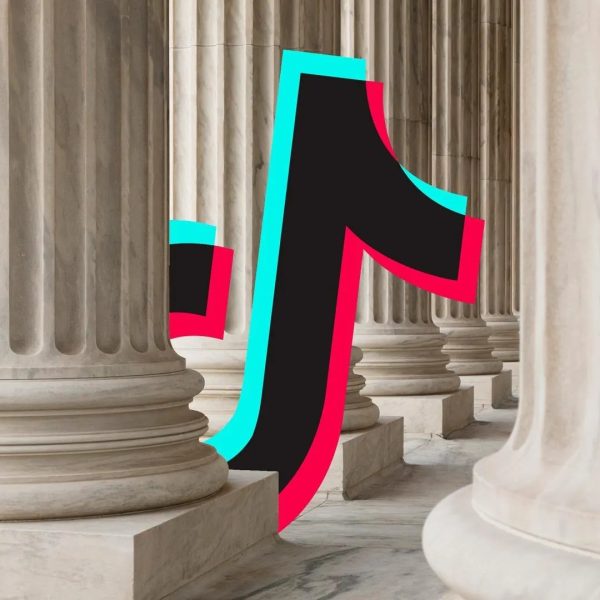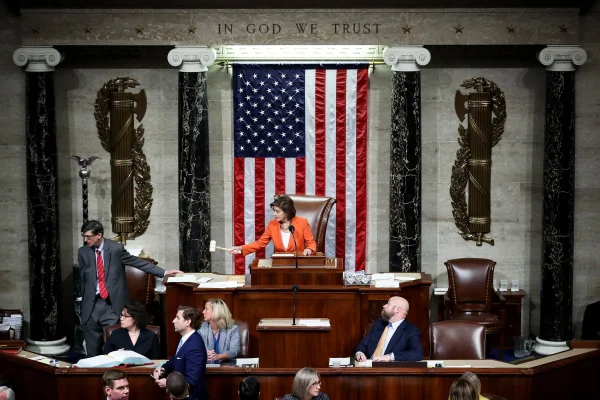Student loan forgiveness: Band-aid on a broken system
October 20, 2022
President Biden’s recent decision to eliminate $10,000 in federal education debt, and up to $20,000 for recipients of Pell Grants who meet the income threshold is an undeniable bonus for low and middle-income earners throughout the country. Yes, the program is extremely expensive, involving a transfer that is about as large as the country has spent on welfare (TANF) since 2000, but this expense points to a larger problem: why there is so much debt to relieve in the first place.
According to data from College Board, the average annual price for attending a public college (tuition, fees, room & board, books/supplies) is currently between $22,690 for in-state students to $39,510 for out-of-state students — in 1971, it was just $1,410 a year. Even in this coming school year, universities across the country are hiking their costs by 2-5 percent, citing inflationary pressures. However, over the last 50 years, tuition costs have risen at a rate nearly five times that of inflation, while the federal minimum wage is actually lower than the minimum wage in 1970 when adjusted for inflation. It then becomes less surprising that over 60 percent of the graduating class of 2019 left college with a debt amounting to $28,000 on average.
Student loans have seen almost 157 percent in cumulative growth over the last 11 years, and a mind-boggling 567 percent since 1970 when adjusted for inflation. All told, there’s a whopping $1.6 trillion in federal student loans out there. Experts and analysts worry that the next generation of graduates could default on their loans at even higher rates than in the immediate wake of the 2008 financial crisis. Student debt has delayed household formation and led to a decline in home-ownership. Sixteen percent of young workers age 25 to 35 lived with their parents in 2017, up 4 percent from 10 years prior. It may be easy to say that Biden’s cancellation only has positive implications, but, obviously, it is not so simple.
An unfortunate truth is that 43 percent of those who have student loans don’t have a college degree. This highlights the uncomfortable fact that even if the president’s bold order is legal and makes a difference to students unduly pushed to college, it does not fix the incentives or mechanisms that lead to overborrowing. Furthermore, total amounts of debt are significantly higher among those studying for jobs in high-paying fields like law, medicine and business, which will likely leave those borrowers well-suited to pay back the loans that set up their long-term financial success. This distorts the $1.6 trillion student loan figure, knowing much of it is held by Americans well on track to pay their fair share. “Until somebody can come up with a proposal for what happens on day two and everyone starts borrowing again, that will be one major hurdle to any level of forgiveness,” says Carlo Salerno, vice president for research at CampusLogic, a developer of college financial aid management tools.”
No blame can fall on the individual college student, however. Disillusioned by the relatively affordable prices of attending colleges/universities of their parents, students today simply bite off more than they can chew, setting themselves up for a poor future in the pursuit of a bright one. Newer generations, though, have never lived in a time in which college has had an attainable price-tag, and college attendance trends are beginning to show the repercussions. Since 2010, enrollment has declined 9.6 percent, and a projection by the Education Advisory Board shows that by 2025, the decrease in attendance could be 1-3 times as large as that resulting from the 2008 recession. This will hopefully put pressure on colleges who have been exploiting consumers’ ability to take out federal loans by raising tuition costs, and finally drive down the cost of higher education.
Even if a student is lucky enough to pay off their tuition without assistance, there are plenty of other costs (room and board, books, food and transportation) that make it nearly impossible to attain a degree without some kind of financial aid. Every American is entitled to a proper, high-quality education, and significant changes must be made to the mechanisms that be, not simply throwing money at the problem.















